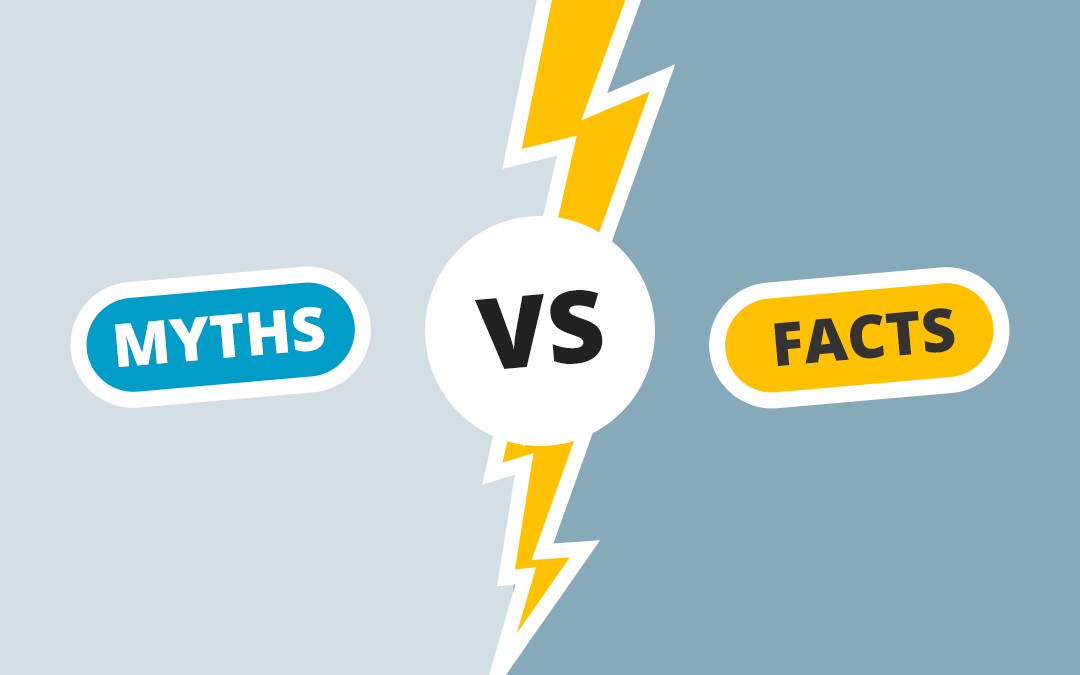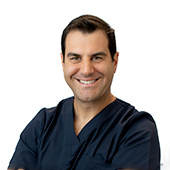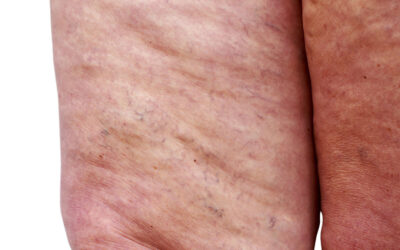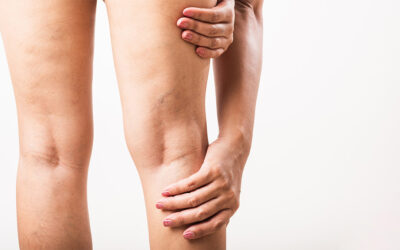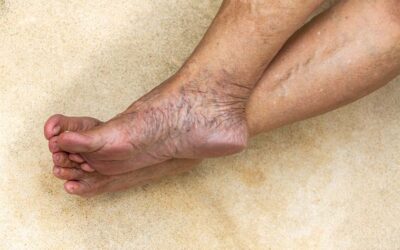Myth #1 – Only middle-aged women get varicose veins
False.
Anyone can get varicose veins, all genders, all ages – although, the incidence of varicose veins is higher between 34 and 64 years of age. Varicose veins occur more frequently in people who have a strong family history and may worsen with occupations that require prolonged standing or sitting (eg: teacher, hairdresser, factory worker).
Myth #2 – Crossing your legs will give you varicose veins
False.
There is no evidence to support this. There are ways of sitting that are better for your posture than others and more comfortable if you have existing varicose vein pain, but it has not been proven to have any effect on creating or worsening varicose veins.
The trends common to varicose vein sufferers are genetic-, gender- and hormonal-based factors.
Myth #3 – Varicose vein removal involves painful surgery that is difficult to recover from
False.
Modern treatments for varicose veins are non-invasive, meaning there are no long incisions and no stitches or visible scarring. Treatments are performed in-clinic, no hospital stay is required, and most are completed in under an hour. Following a varicose or spider vein procedure, patients can return to work as normal, there is no downtime required for recovery.
The techniques used today cause only minimal if any pain, depending on the individual. Sclerotherapy-based treatments use very fine needles (equivalent to the size of acupuncture needles), so the injection is hardly felt at all. Other treatments such as EVLA (endovenous laser ablation) are performed under local anaesthetic and the patient experiences minimal discomfort.
Myth #4 – Varicose veins are only cosmetic
False.
Varicose veins occur because of a fault with valves inside the veins that keep blood flowing toward the heart. The valves are meant to keep blood from flowing backward, but when they fail, varicose veins and associated symptoms can develop.
When left untreated, varicose veins can lead to many debilitating symptoms like swelling in the leg, throbbing or heaviness, venous eczema, skin discoloration, skin hardening of the lower leg and ankle, and open sores. They can often worsen with advancing age.
Myth #5 – There’s no point removing varicose veins; they’ll just come back
This is not necessarily true. There are two keys to this. First, it depends on the thoroughness of your treating doctor and two, on the type of treatment carried out.
When a comprehensive duplex ultrasound is carried out at the initial assessment, the doctor can fully map out the vein networks and identify the incompetent veins, ready to treat. Without this ultrasound view, the doctor could only treat what they could see with the naked eye. This would leave out all the feeder veins and the origins of the problem veins that cannot be visually identified. That’s why a duplex ultrasound is vital to getting excellent varicose and spider vein treatment.
To the second point, earlier methods of varicose vein removal, popular up until recent years, were typically invasive, painful, and came with statistically elevated rates of recurrence. However, today’s non-surgical, non-invasive treatments, allow a return to work or home duties on the same day and permanently remove the treated veins.
No procedure, however, can prevent new veins from forming. If a patient has the risk factors for varicose veins (it runs in the family, has been pregnant, prolonged standing or sitting, etc), it’s likely new varicose veins and spider veins will develop with time. You can learn more about recurrent varicose veins here.
Beat the myths
Misinformation like the myths we’ve discussed above is a real problem. They may keep people from seeking help when they could find treatment, relief for their symptoms, and avoid the unchecked development of chronic vein disease.
If you are experiencing symptoms, like throbbing or pain in the legs or groin, swelling, or skin irritation – with or without visible veins (varicose veins are not always visible on the skin), seeing a phlebologist can put an end to uncertainty. Dr Paraskevas will carry out a clinical examination and duplex ultrasound scan to properly diagnose if a vein condition is present. He will then present a treatment plan and a way forward.

